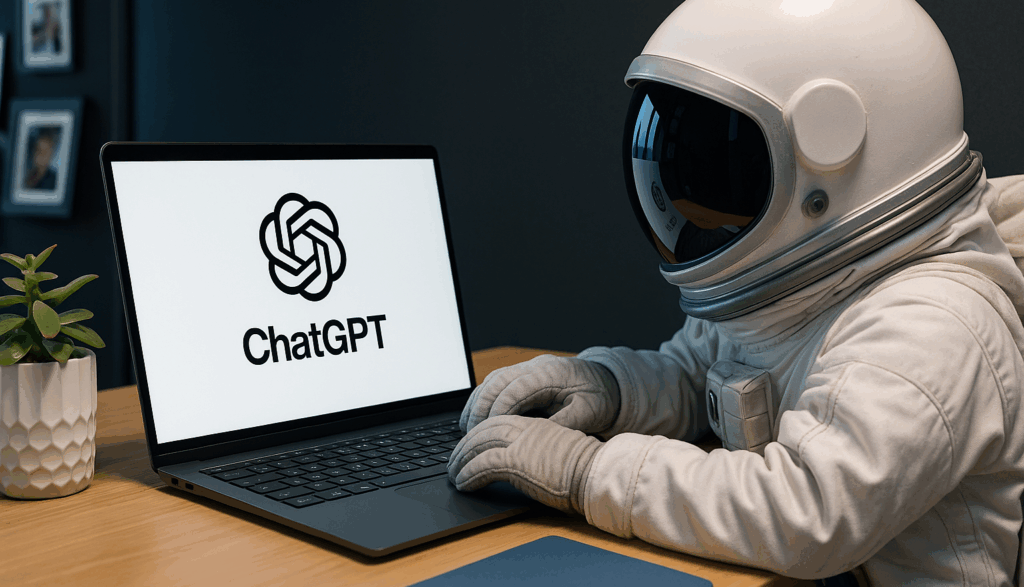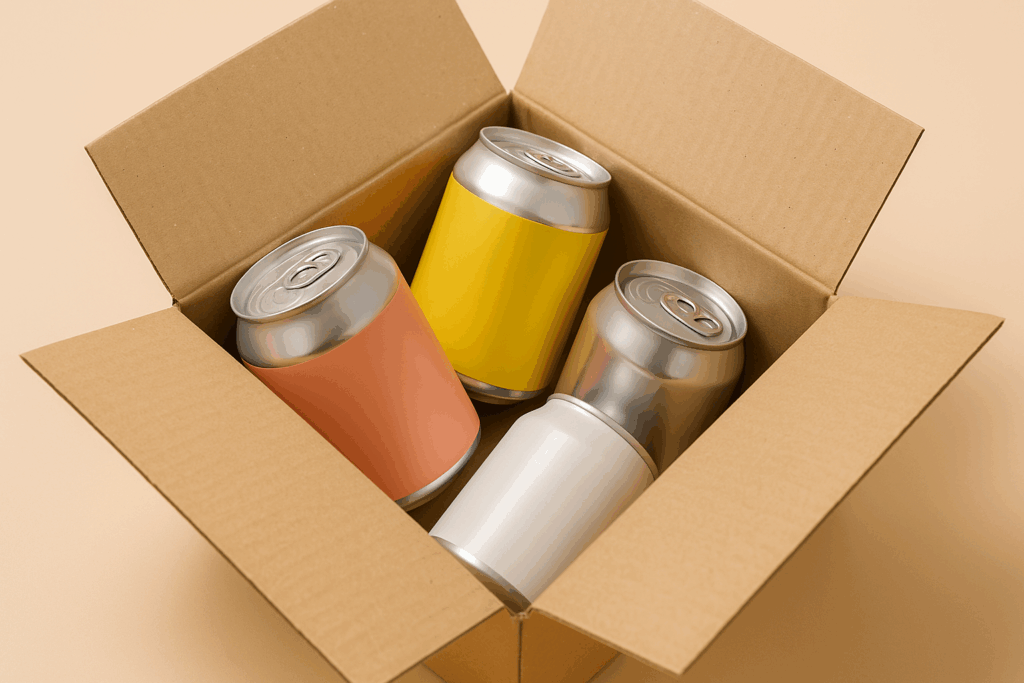People’s purchasing habits have been changed by online shopping, but the crucial moment still occurs at the point of sale. Customers decide what to buy from the shelf, whether at a restaurant or a store.
Being visible alone is insufficient for a brand in today’s market. A brand should be distinctive to stand out. Retail activation can help with that because it links actual consumer behavior to your brand strategy. It transforms marketing concepts into outcomes at the physical or digital shelf or checkout.
In this article, we’ll break down practical retail activation strategies that don’t just look good but influence buying decisions and boost retail performance.
Design that converts
Given the limited retail space, each display needs to be highly effective. Design that is distinctive rather than merely blends in is the first step towards an effective retail activation.
To grab attention, go beyond basic end caps and cardboard cutouts. Use bold visuals, surprising shapes, and textures that invite people to touch. Strategic color blocking can lead the eye across your product line, guiding shoppers naturally. Even your choice of materials matters like metallics, textures, or eco-friendly options, can reflect your brand’s values and draw interest.
But good design isn’t just about how it looks, it’s about what it makes people do. According to Catman Analytics Group, 60% of buying decisions happen at the shelf. That means your point-of-sale display should be built to convert, not just decorate.
Example: KIND Snacks uses clean and simple displays that match their healthy image. With clear packaging and bold colors, they highlight transparency and encourage people to try the product.
Sampling & Demo Activations
Product sampling is one of the best strategies to drive trial and build trust. When executed properly, it combines brand storytelling with experiential learning to create a potent retail activation tool. However, not all sampling is effective. Point-of-sale product distribution is frequently forgotten, but interactive, question-and-answer sessions that showcase actual use cases are significantly more impactful.
Great retail activations make product education feel personal. Think of it like a mini show, your product is the star, and your staff are the storytellers. For food and beverage, this could mean pairing samples with quick recipes or QR codes that lead to short videos.
Tips for better execution:
- Teach brand ambassadors to initiate discussions rather than only hand out samples.
- Take advantage of the opportunity to collect digital sign-ups, such as SMS or app installs, share discounts, or get feedback.
Geo-Targeted Mobile Offers to Close the Loop
The modern shopper doesn’t just walk into a store, they walk in with a phone in hand. That device is your direct line to driving immediate behavior at the point of sale. Through geo-targeted mobile offers, brands can transform foot traffic into conversions with personalized incentives delivered in real time.
Today’s retail activation involves dynamic, location-aware engagement rather than just traditional signage. Brands can initiate unique offers, reminders, or product recommendations as soon as a customer enters a retail area by utilizing technologies such as beacon technology, geofencing, and app connections.
For instance, when a customer enters a health-conscious supermarket, a brand of plant-based beverages might offer a “Buy One, Get One” discount.
This approach does two things exceptionally well:
- Captures intent when it’s highest at the decision point.
- Drives measurable results through trackable redemptions and behavioral data.
Best practices for mobile-driven retail activation include:
- Partnering with retailers or delivery apps for in-app promos.
- Using SMS or push notifications for limited-time urgency.
- Linking to branded landing pages that reinforce campaign visuals and CTA consistency.
Training Retail Staff as Brand Advocates
When it comes to retail activation methods, in-store employees are sometimes the most underutilized resource. When taught appropriately, they become trusted advisors who can authentically and perceptively impact consumer decisions, as well as walking extensions of your brand.
Great brand activations empower retail staff with:
- Knowledge: Core product benefits, origin stories, and usage suggestions.
- Tone of voice: Aligning speech with brand personality (playful, premium, informative).
- Tools: Quick-reference materials, branded uniforms, or even AR overlays via tablets.
Leveraging Seasonal Moments & Localized Campaigns
Seasonality is retail’s secret weapon and retail activation thrives when it taps into moments that already matter to consumers.
From Lunar New Year to local food festivals, shoppers are more emotionally engaged during culturally or personally significant times. Smart brands tailor messaging, packaging, and POS experiences to align with these occasions.
To activate effectively around seasonal and local moments:
- Use limited-time packaging or SKUs that reflect the event.
- Co-create region-specific displays with retail partners.
- Offer in-the-moment perks like weather-driven discounts (e.g., iced coffee promotions on heatwave days).
Retail Activation That Converts Starts with Strategy
The best activations aren’t just attention-grabbing. They’re built to match shopper intent and drive action. Whether it’s mobile deals, trained staff, or timely campaigns, each strategy should support your brand’s bigger goal, turning interest into purchase and purchase into loyalty.
Contact MAVRK Studio to book a consultation with our strategy team. Let’s turn shoppers into loyal customers.





